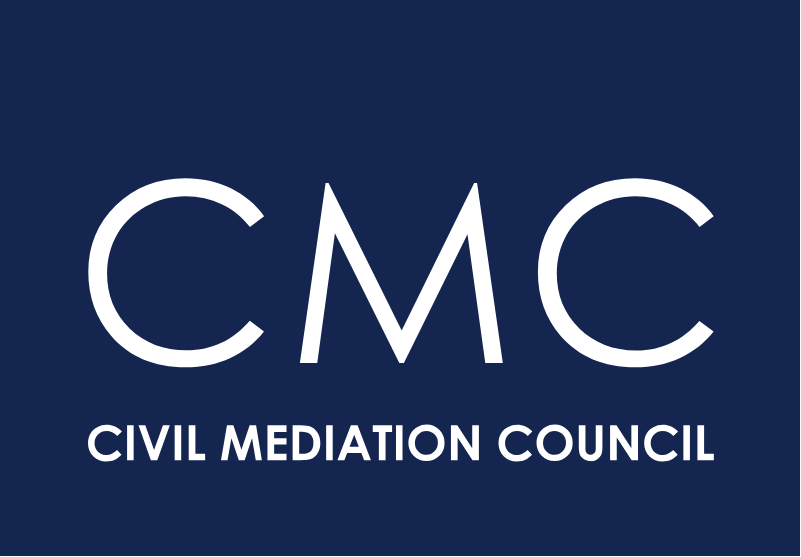Planning a Constructive Confrontation Strategy
Planning a Constructive Confrontation Strategy: Understanding the Relationship between Negotiation and Power
BY HEIDI AND GUY BURGESS
Discover the dynamic relationship between negotiation and power. Social scientists Heidi and Guy Burgess explore a threefold approach to conflict resolution: interests, rights, and power. They explain the effectiveness of interest-based negotiation in fostering better outcomes, improved relationships, and reduced dispute recurrence. Are you interested in their strategies for constructive confrontations and cultivating mutually satisfactory resolutions?

Three Advocacy Strategy Options
There UBG distinguish between three ways to approach any conflict. The first approach involves identifying and reconciling the disputants’ basic interests — their underlying desires or goals — with the interests of other parties. This is usually done through problem-solving or interest-based negotiations.
The second approach focuses on determining “who is right” (as they put it). “As a shorthand for such independent standards, we use the term rights. Some rights are formalized in law or contract. Other rights are socially accepted standards of behavior, such as reciprocity, precedent, equality, and seniority.” (UBG, p. 7) Since UBG’s book is primarily focused on labor negotiations, they write about rights that are not codified by law or in the Constitution, though they often are delineated by contracts or organizational procedures. Rights-based processes, therefore can be any legal or less formal process that consults independent standards to determine who is right and who is wrong in a particular conflict.
The third approach is to use power to overcome resistance and take what you want or need over the objections of somebody else. UBG acknowledge that they “define power, somewhat narrowly, as the ability to coerce someone to do something he would not otherwise do.” (UBG, p. 7) This matters because there are broader definitions of power which we will explore in a following article. But for now, “power” means “coercion.” This approach can take the form of strikes (in labor disputes), elections or legislative votes (in political disputes), public demonstrations (in larger societal disputes), or violence (when the political process and the rule of law fails). It can also show up in negotiations as an exchange of threats. And, political power can be used to create (and take away) legal rights (e.g. same sex marriage, abortion).



